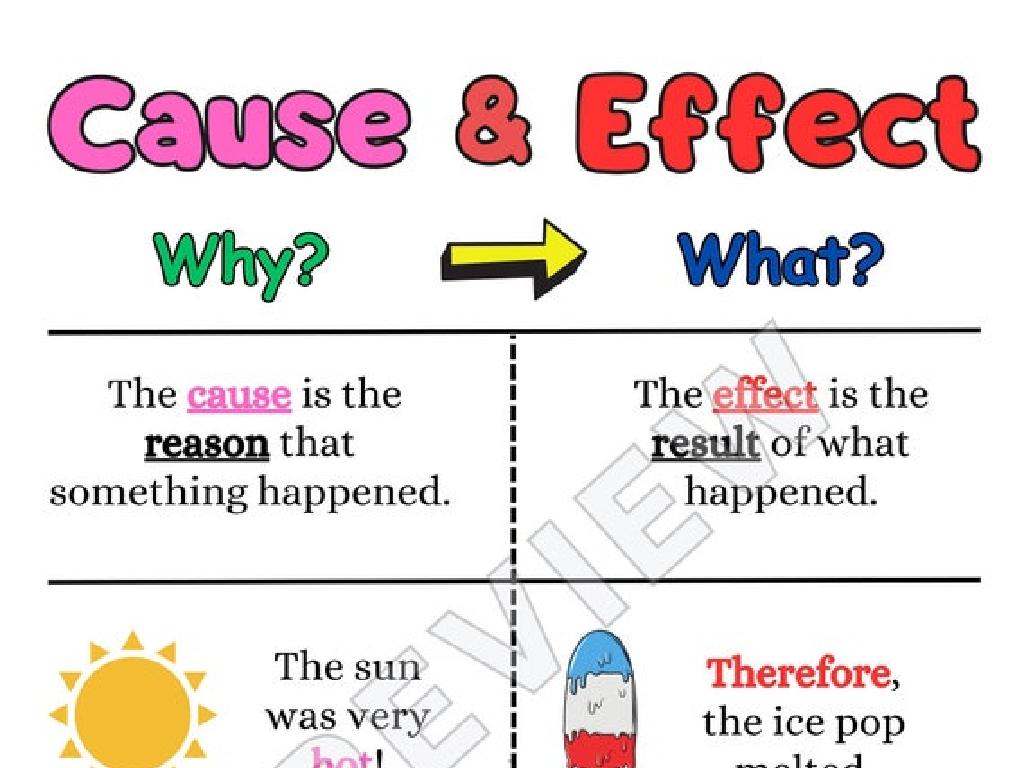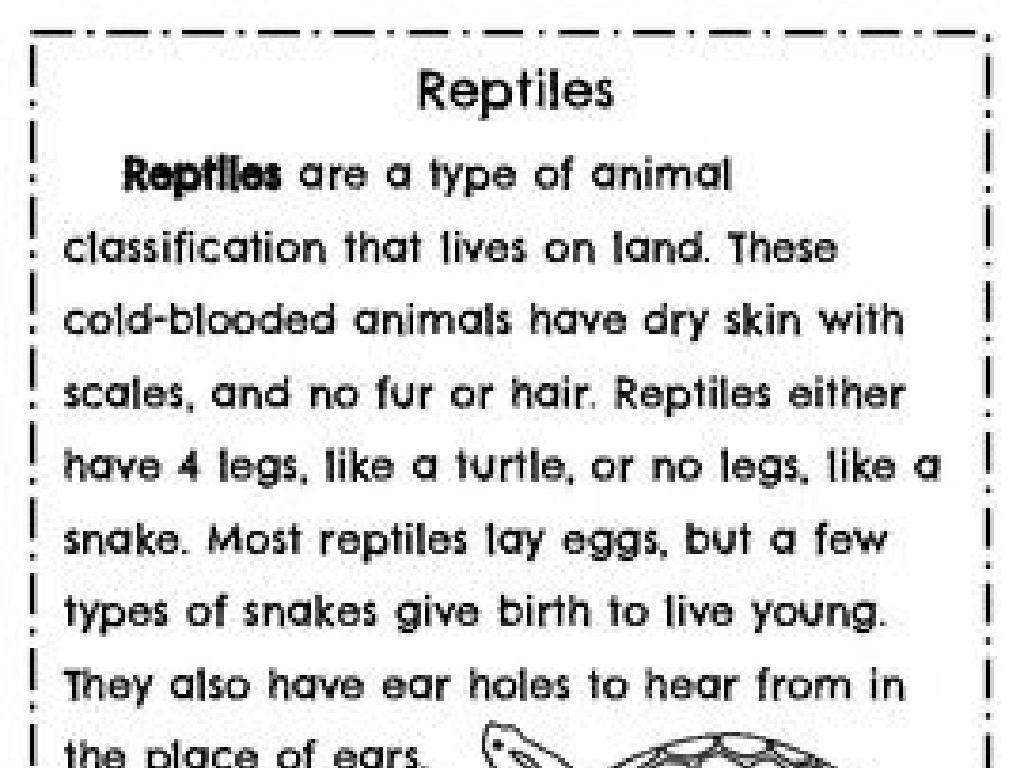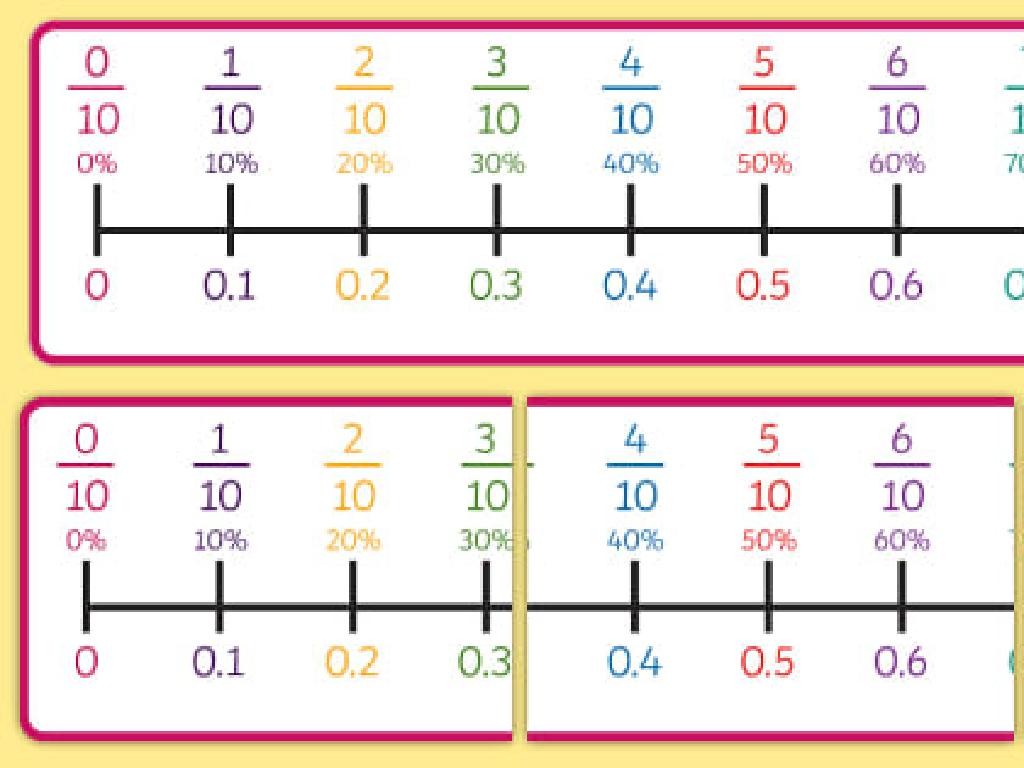Divide Integers
Subject: Math
Grade: Seventh grade
Topic: Operations With Integers
Please LOG IN to download the presentation. Access is available to registered users only.
View More Content
Dividing Integers: Understanding the Basics
– What are integers?
– Integers include positive, negative numbers, and zero.
– Rules for dividing integers
– Same signs give a positive, different signs give a negative result.
– Real-world division applications
– Examples: Temperature changes, bank transactions.
– Practice problems
|
Begin the lesson by defining integers and emphasizing that they include positive numbers, negative numbers, and zero. Explain the rules for dividing integers, highlighting that a positive divided by a positive or a negative divided by a negative both yield a positive result, while dividing integers with different signs results in a negative outcome. Illustrate the importance of understanding integer division with real-life examples such as calculating temperature changes or managing bank account transactions. Conclude with practice problems to reinforce the concepts and ensure students can apply the rules to various scenarios.
Recap: What are Integers?
– Define integers
– Integers include whole numbers and their negatives
– Positive vs negative numbers
– Positive numbers are above zero, negative are below
– Zero: The neutral integer
– Zero is neither positive nor negative, but an integer
– Integers in math operations
|
Begin the lesson by recapping the definition of integers, emphasizing that they include the set of whole numbers as well as their negative counterparts, but not fractions or decimals. Highlight the distinction between positive and negative numbers, with positive numbers being greater than zero and negative numbers less than zero. Reinforce the concept that zero is considered an integer and acts as the neutral element in the number line. It’s important to clarify that zero is neither positive nor negative. This foundational knowledge is crucial as it sets the stage for understanding how to divide integers, which will be the next step in the lesson. Ensure students are comfortable with these concepts before moving on to division.
Rules for Dividing Integers
– Positive ÷ Positive = Positive
– Negative ÷ Negative = Positive
– Positive ÷ Negative = Negative
For example, 6 ÷ -2 = -3
– Negative ÷ Positive = Negative
For example, -8 ÷ 2 = -4
|
When teaching division of integers, it’s crucial to emphasize the rules that govern the sign of the result. A positive number divided by another positive number yields a positive result, just as dividing two negative numbers results in a positive number. However, when the signs are different, the result is always negative. Use number line visuals to demonstrate how division is essentially repeated subtraction, and provide examples with real-life contexts, such as debt repayment or temperature changes, to solidify understanding. Encourage students to practice with various examples and to remember these fundamental rules as they work through problems.
Dividing Integers – Examples
– Positive divided by positive
– 12 ÷ 3 equals 4. Both numbers are positive.
– Negative divided by positive
– -12 ÷ 3 equals -4. Dividend is negative, divisor is positive.
– Negative divided by negative
– -12 ÷ -3 equals 4. Both numbers are negative.
– Positive divided by negative
– 12 ÷ -3 equals -4. Dividend is positive, divisor is negative.
|
This slide provides clear examples to illustrate the rules for dividing integers. Example 1 demonstrates a basic division where both numbers are positive, resulting in a positive quotient. Example 2 shows that when the dividend is negative and the divisor is positive, the quotient is negative. Example 3 illustrates that a negative divided by a negative gives a positive result. Lastly, Example 4 shows that a positive number divided by a negative number results in a negative quotient. It’s crucial to emphasize the sign rules for division to help students understand the outcomes of dividing integers with different signs.
Let’s Practice Together: Dividing Integers
– Solve: -15 ÷ 5
– What is the quotient of -15 and 5?
– Solve: 18 ÷ -6
– How does dividing by a negative affect the result?
– Solve: -20 ÷ -4
– Do two negatives make a positive in division?
– Discuss answers as a class
|
This slide is designed for interactive class participation where students will practice dividing integers with both positive and negative signs. Encourage students to solve the problems on their own first and then discuss the answers as a class. For problem 1, guide them to see that dividing a negative by a positive yields a negative result. In problem 2, highlight that a positive divided by a negative results in a negative. For problem 3, explain that dividing two negatives results in a positive outcome. This exercise will help solidify their understanding of the rules for dividing integers. Prepare to offer additional similar problems if time allows and ensure that students can explain the reasoning behind their answers.
Dividing Integers in Word Problems
– Comprehend the problem’s context
– Grasp the story or situation described
– Find the integers for division
– Look for positive and negative numbers
– Solve the problem systematically
– Use division rules for integers step by step
– Check your solution’s validity
– Verify the answer fits the context of the problem
|
This slide aims to guide students through the process of solving word problems involving the division of integers. Start by understanding the context of the problem, which sets the stage for identifying the relevant integers. Emphasize the importance of recognizing both positive and negative numbers, as their signs will affect the outcome. Walk students through a step-by-step approach to divide the integers, applying the rules they’ve learned for integer division. Finally, encourage students to check their solutions to ensure they make sense within the context of the problem. Provide examples of word problems and solve them together as a class, reinforcing the concept that the sign of the answer depends on the signs of the integers involved.
Group Activity: Integer Division Relay
– Form groups of four students
– Solve division problems as a team
– Each member completes one step
– Race to finish first with correct answers
|
This activity is designed to encourage teamwork and reinforce the concept of dividing integers. Each group of four will work together to solve a series of division problems. The problems should be broken down into steps, with each student responsible for completing one step before passing the problem to the next team member. This relay format adds an element of fun and competition to the exercise. As a teacher, prepare a set of division problems appropriate for seventh-grade students, ensuring they involve both positive and negative integers. Monitor the groups as they work, offering guidance if necessary. The first team to finish with all problems solved correctly wins. Possible variations of the activity could include mixed difficulty levels, timed rounds, or incorporating word problems to add complexity.
Homework and Next Steps: Mastering Integer Division
– Complete integer division worksheet
– Study for operations with integers quiz
– Review tonight’s worksheet and previous lessons
– Upcoming class: Multiplying Integers
– We’ll explore how multiplication of integers works
– Practice makes perfect!
|
For homework, students are expected to complete a worksheet that provides practice on dividing integers, reinforcing today’s lesson. Encourage them to review their notes and any previous assignments to prepare for a quiz on all operations with integers, which will assess their understanding of addition, subtraction, multiplication, and division. The next class will focus on multiplying integers, building upon their knowledge of integer operations. Remind students that consistent practice is key to mastery, and offer additional resources or office hours for those who may need extra help.






